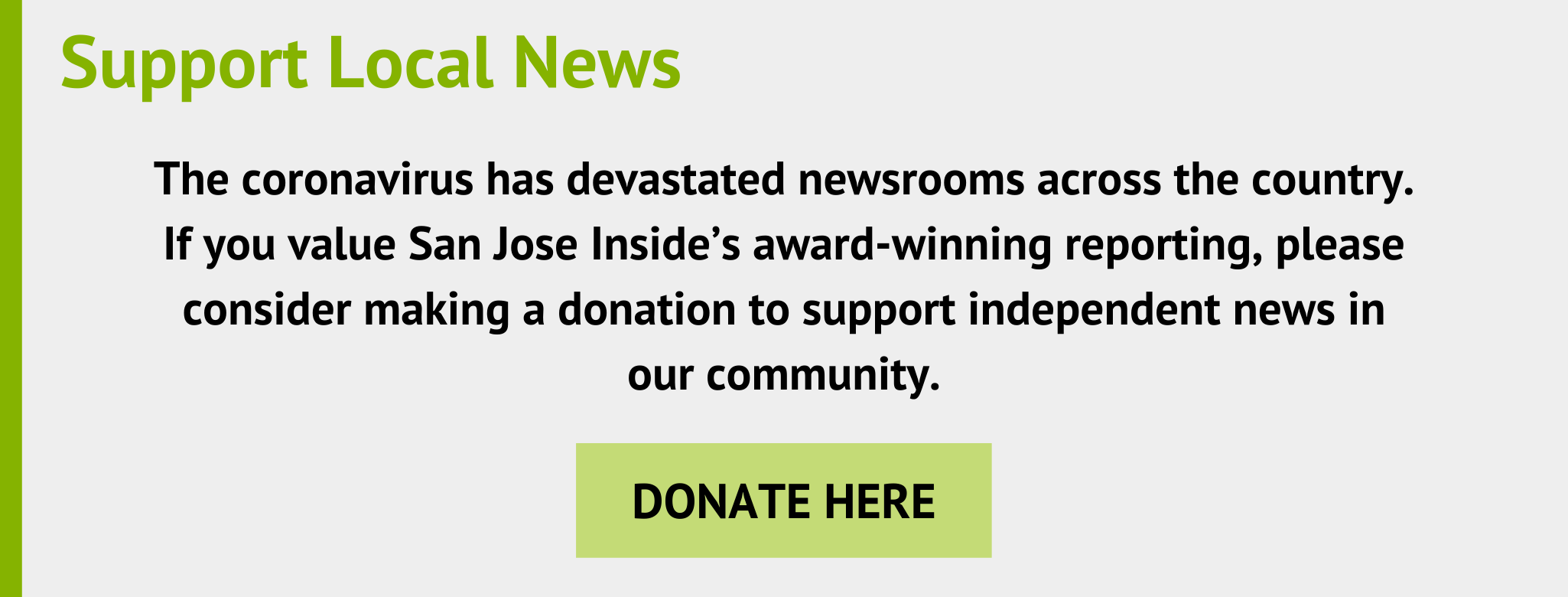The Covid-19 relief legislation that Congress passed this week will provide at least $6.8 billion to California’s school districts and charter schools. That equals about an eighth of the $54.9 billion that Congress will award to K-12 schools.
The latest federal funding is about four times as much as the $13.5 billion in aid that went to K-12 schools under the CARES Act that Congress passed in March.
But the combination of the two—about $70 billion—is far less than the $98 billion that Congress provided K-12 under the economic recovery act funded in the midst of the Great Recession a decade ago, said Michael Griffith, a national expert on school finance and senior researcher and policy analyst at the Palo Alto-based Learning Policy Institute.
The latest round should be “really helpful to meet the short-term costs of Covid and some of the budget shortfalls facing states,” Griffith said.
But it won’t be enough to address the extra funding needed to address the lost learning that a substantial number of students are experiencing. Those extra costs distinguish the current pandemic-precipitated recession from the Great Recession, Griffifth said.
President-elect Joe Biden has vowed to return to Congress early next year to secure even more money for schools.
The $6.8 billion for districts and charter schools in California will vary widely per student, because it will be tied to how much districts got last year in Title I funding—a complex formula determined by the poverty rate and other factors.
Los Angeles Unified, the state’s largest district, alone will receive $1.2 billion—$2,756 per student, while Capistrano Unified in Orange County, with a low rate of poverty, will receive $15.4 million—that’s $331 per student, according to EdSource calculations.
Districts that receive negligible Title I funding are likely to complain that they face some of the same health and safety costs, in personal protective equipment, ventilation improvements, teacher training and sanitizing expenses, as high-poverty districts.
Receiving no Title I funding, and therefore no federal Covid assistance this round, are 253 charter schools and 89 school districts.
Although most are tiny, rural districts, 10 have more than 1,000 students, including the 11,000-student Fremont Union High School District in Sunnyvale; while it had some income-eligible families, the district did not apply for Title I funding.
Last spring, Gov. Gavin Newsom augmented funding for K-12 schools with $5.3 billion in “learning loss” resources, much of it in CARES Act dollars at his discretion. But in the latest round, Congress funded no new money for city and county governments.
Funding for them was a bargaining chip in failed negotiations between Democrats and Republicans over giving businesses and school districts liability protection from being sued by employees and parents, in the case of school districts, who contract Covid.
They’ll argue that they should now be Newsom’s priority.
The total funding for education is $82 billion in the latest round of federal aid. This includes the $54.9 billion for K-12, $23 billion for higher education and $4 billion that governors can decide how to spend on education.
However, $2.75 billion of that discretionary money must be given to private schools, targeting those serving low-income children.



billions to underwearing donning google-form proctors and metric gaming administrators bent on flaming racial animous
the suicide of a nation in full effect fully funded by your tax dollars, well the interest on the loan fully funded by your tax dollars
So Uncle Sam bears a gift. How nice.
Will it be misspent, and will some begin expecting more?
> Calif. School Districts, Charters Get $6.8 Billion in Federal Aid
The liquor is flowing freely! Party down, boys and girls!
Can’t worry about tomorrow’s hangovers. That’s someone else’s problem, and it’s tomorrow.